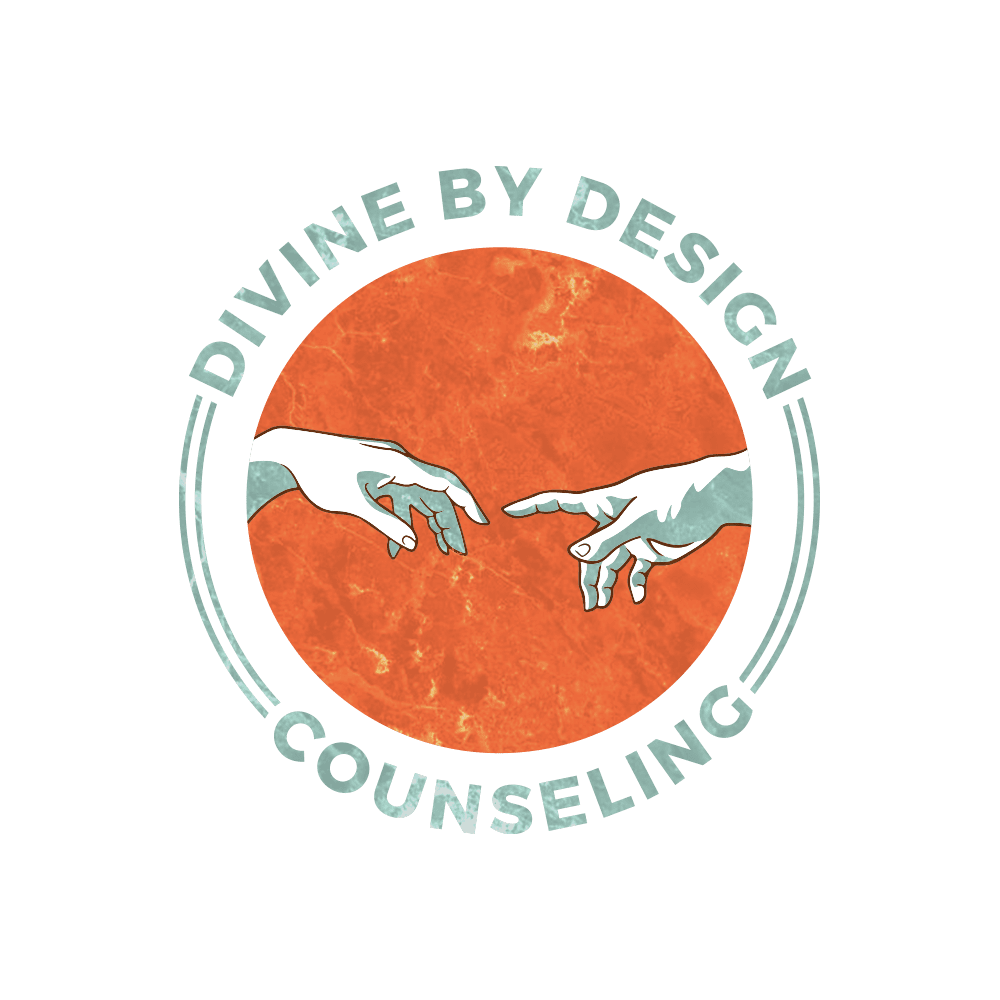Where It Starts
To the extent that our parents experienced attachment is to the extent that they are able to model this as children. While our caretakers did the best they could, many of us were left wanting, leaving us with unmet needs. The good news is, you can heal and repair from any of the three insecure attachments and transform them into secure attachments through self-awareness, reflection and good models. We heal in relationships and community. We do not heal in isolation. The purpose of a good model is to help reverse and disrupt our destructive thought processes and patterns as a result of our upbringing. It is important to surround yourself with people who light up when you walk in the room, celebrate who you are and model healthy relationships.
Brene’ Brown has a beautiful quote from her book, “Braving the Wilderness: The Quest for True Belonging and the Courage to Stand Alone.” It goes like this: “You are only free when you realize you belong no place—you belong every place—no place at all. The price is high. The reward is great.” The greatest pain individuals live with is insecure attachment. It is an overwhelming drive, the strongest human drive. As Brene reminds us, we are free when we realize that wherever we go we belong; it doesn’t matter where because it is every place and no place. This quote speaks to secure attachment.
Insecure Attachment Styles
We are continuing our discussion of attachment styles: dismissive, distracted and disorganized. When attachments go awry, you will experience attachment pain, the most painful thing humans experience. It is subcortical, or below our conscious awareness. It is the result of living in insecure attachments. You have attachment pain when you don’t know where you belong or who you belong to. It affects every area of life and makes everything hurt! It is often unrecognized and usually the culprit under all kinds of addictions. Attachment always involves relationships and begins to take shape in the first 18 months of life from our primary caregivers. Insecure attachment shows up in our lives through insecurity in relationships, fear of abandonment or uncertainty making it difficult for deep meaningful relationships and connection to occur. “An individual who has an insecure attachment to another typically feels anxious about the relationship and whether or not their own needs or desires can be met by the other person,” holistic psychologist Nicole Lippman-Barile, Ph.D., says. “They may expect the person to abandon them or hurt them in some way.”
Dismissive Attachment Style
Also known as the “avoidant” attachment style, the most prominent feature is the inability to form close relationships. With a focus on following the rules, you have not developed an inner confidence in handling hard situations needing clear guidelines to follow. When (mothers) caretakers are preoccupied or easily distracted and fail to tune in or meet the emotional needs of their children, this insecure attachment style is formed. As a result, children grow up often with core values and beliefs that their emotions are not important and it is better to “be seen and not heard.” In order to navigate your world, you focused on being a good child. You appeared to be well adjusted since you did not voice complaints or appear to be a clingy child. This ‘getting it right’ added to the cycle of not receiving focused attention. There was no need to be met and no behavioral problems to be disciplined. This inflexible and nonspontaneous pattern led you into the path of a rigid relational style.
What does this look like in your life as an adult?
In relationships, you may be known as “elusive.” You fear intimacy and take on the attitude that you don’t need anybody. It feels very unsafe and too painful to rely on others to meet your deepest needs. You take care of yourself by staying busy, being strong, denying or suppressing your needs or being vulnerable. You tend to get a little squirrely if someone expresses too much emotion. It is easier for you to stay in your head and dismiss what your heart is feeling. You find safety in becoming a hero, a pleaser or a fixer. It’s easier for you to help others who are struggling than to look at or acknowledge your own needs; finding this as your primary way of connecting in relationships with others. You keep the pain at bay through workaholism and addiction. Unfortunately, while it looks great and noble on the outside, on the inside you experience emptiness and find no real comfort. It’s very difficult for you to ask for help.
Distracted Attachment Style
A child develops a distracted attachment style when parental attention and care is inconsistently available, never knowing whether your needs, emotional and/or physical, will be met. What distracts the parents is their own unmet needs, and their ability to respond to their child’s needs is limited. They look to their children to meet their emotional needs and often ignore the child’s emotions. Also called anxious-ambivalent attachment style, this is characterized by anxiety and insecurity in relationships. You have a tendency to be preoccupied with worries and are clingy in need of validation and reassurance. As a child you become anxious and learn to be hypervigilant in an effort to get attention from your parents. Your main goal was to meet your parent’s needs in hopes of getting your own needs met. You most likely were conditioned as you grew up to focus on the emotionally demanding situations in life and thus your mind tracked these types of situations. You learned to attach to emotional crises more than to people.
What does this look like in your life as an adult?
Adulthood is characterized by intensity and anxiety over your own and other people’s feelings. You are a caretaker of others. You have a tendency to overreact to emotions and hurts and incessantly worry that other people are upset with you or that you have done something wrong, walking on eggshells. When you establish a relationship, it’s hard for you to stop suspecting that something will go wrong. You focus too much on your relationship problems and not on any of the positive aspects. All of your relationships give you anxiety, which leads to escapist and avoidant behavior, such as substance use and self-harm. You will try to hide your insecurities but inside there is no peace or strength. Your insecurity plays out with you demanding the spotlight, being appreciated and respected. Even though you desire to gain security from your relationships, you gravitate toward relationships with people who are demanding or frustrated with you.
Disorganized Attachment Style
Thought to be the most extreme of the three styles, disorganized attachment occurs when the parent is both the source of love and the cause of fear and harm. You needed your parent’s affection and even food and shelter but were afraid to come close because the parent is scary and unpredictable. It results from emotional and physical abuse that alternates with displays of affection or remorse. You grew up in a very chaotic and fearful environment learning to internalize the chaos and fear. Your mom or caretaker, lived with a constant sense of dread and anxiety, modeling the world as not a safe place and waiting for something ‘bad’ to happen. This caused you to lack constancy needed to build a secure view of your world.
What does this look like in your life as an adult?
Feelings of fearfulness, depression, anger and hopelessness linger into adulthood. You are drawn to love but also fearful because love hurts. It is not uncommon for you to be drawn to and even marry someone who will repeat the pattern of alternating affection and abuse. Your emotional and relational life can be unstable and unsatisfying and hinder your ability to navigate life in a healthy way, repeating the patterns you were parented with. You are unable to maintain consistency between the actions that you carry out and the thoughts and emotions that manifest vacillating from submission to aggression, or from closeness to distance, with disconcerting ease. Not even you understand what’s happening to you. Coping mechanisms may include dissociation, withdrawal, extreme passivity or aggression in getting your needs met along with a marked inability to regulate your emotional responses, stay focused, and be ‘on track’ in life.
Don’t Despair!
Before you head down the road of despair, the good news is you can heal and repair your insecure attachment style(s). All of us in one way or another have or still do experience insecure attachments; perhaps a combination of them.
Awareness is the first step to change.
Next week we will provide you with practical steps to start your journey of repairing and healing your insecure attachment style.
In the meantime, if you would like help with your process, please don’t hesitate to give me a call or contact me via the form below. I would love to walk with you into secure attachment. When we are living from secure attachments we keep our relationships more important than any problems that face us. We are also able to attune with one another and return to our joyful bonds when negative emotions arise. Secure attachments help us to live from our true identity, seeing ourselves and others as God sees us.






0 Comments